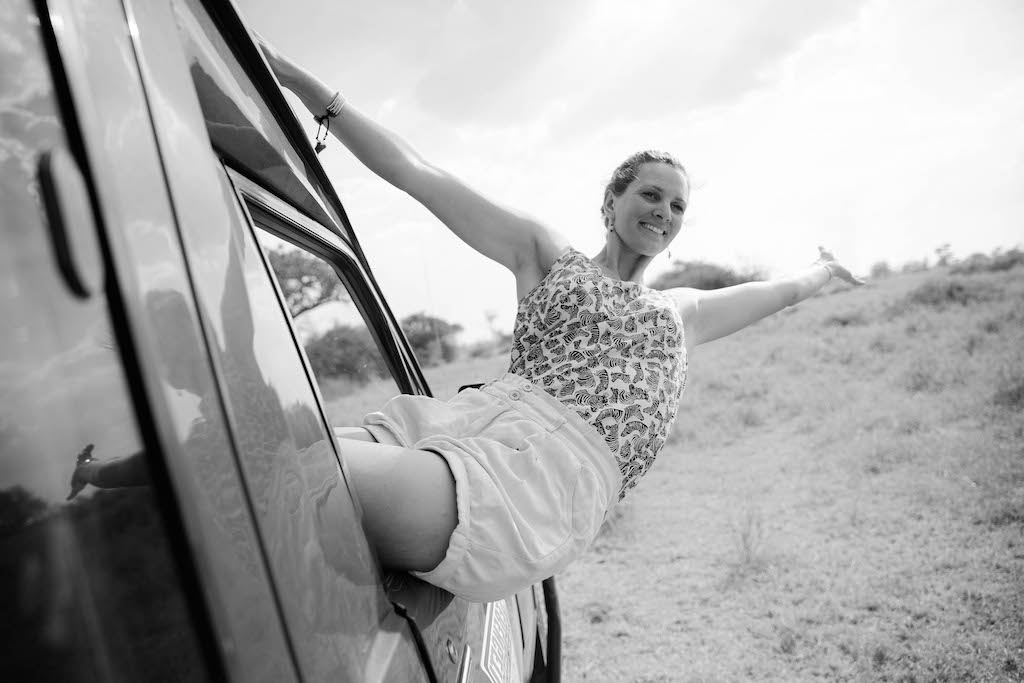
When Elephants Visited Lewa Camp
Let’s talk about safari. Many people have a favourite animal when it comes to what they want to see on safari. A lot of the time it’s lions, leopards or cheetahs, some kind of predator as they have the WOW factor. I understand that of course, it is exciting to see a lion, well initially it is, and then you realise that you have spent the past 20 minutes staring at a pride of sleeping lions when the only shot you can get is on the side of its face hidden in the tall grass.
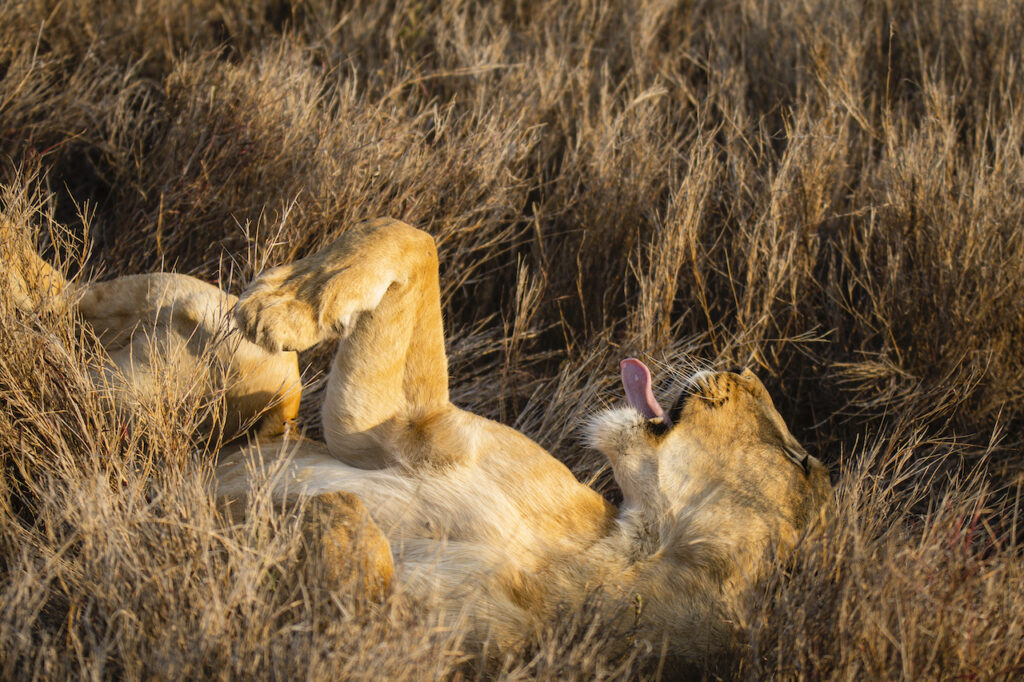
Don’t get me wrong, witnessing and getting those shots when the members of the pride greet each other or the lion cubs playing or that iconic yawning shot is very exciting, but with lions, it’s usually 5 minutes of action, which you had better not miss, and 30 minutes of sleeping.

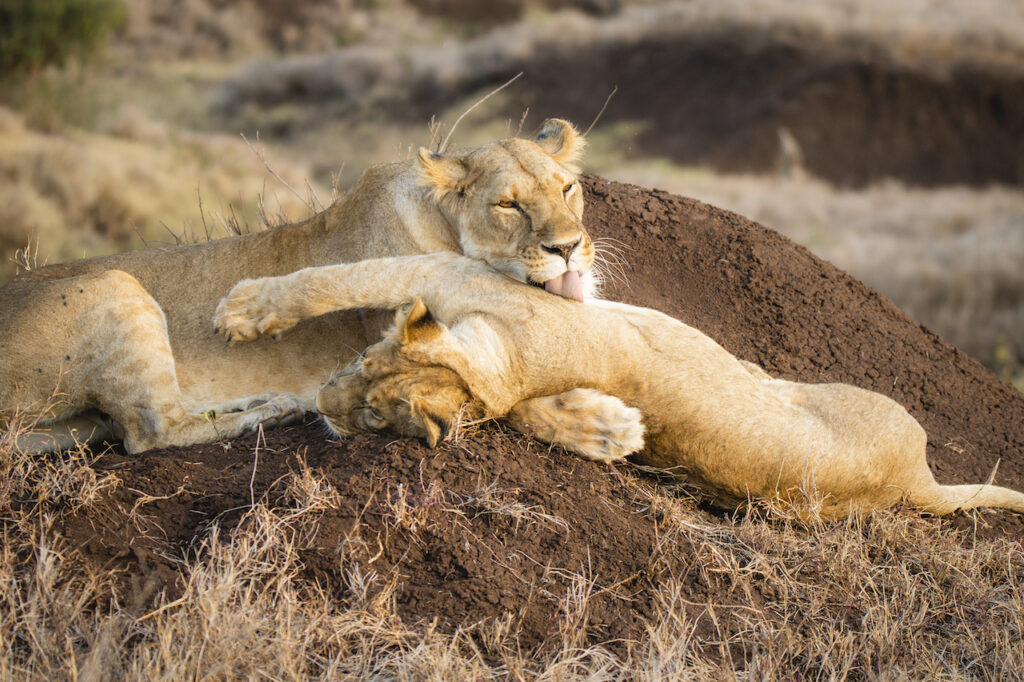
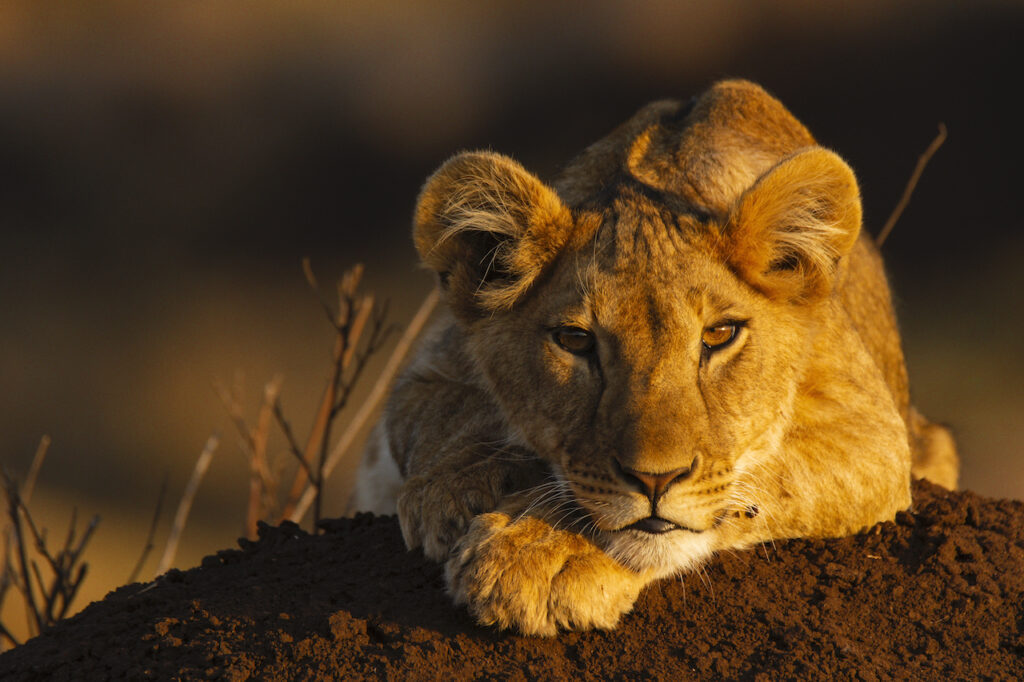

The same applies to Cheetah and leopards a lot of the time it’s a shot of them sleeping or resting, preserving their energy for their hunt.
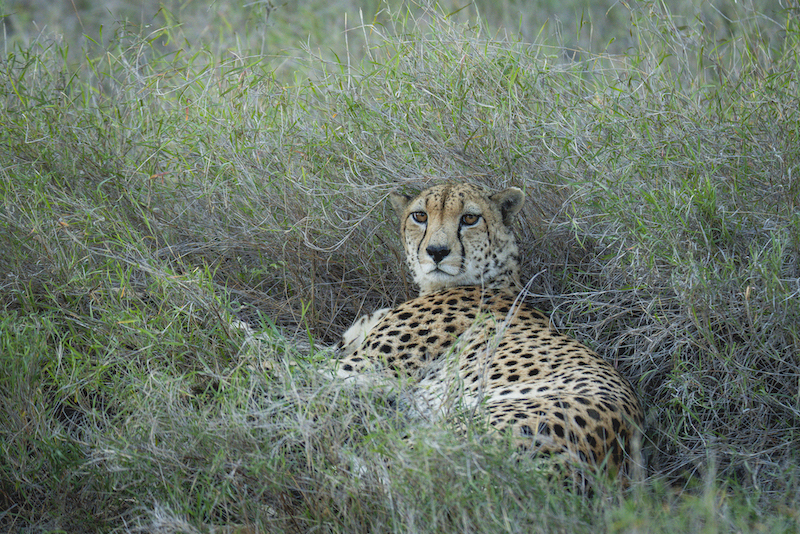
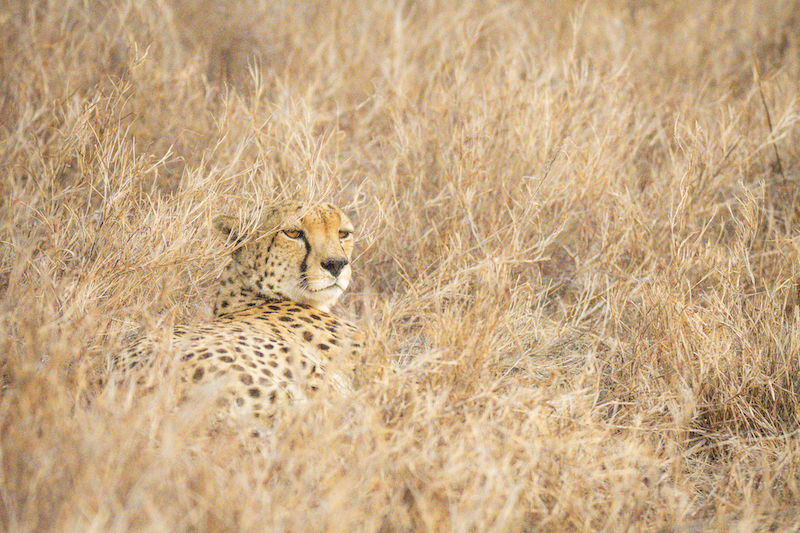
However, with patients, you sometimes managed to get some kind of action shot, for example, a shot of a cheetah with Mount Kenya in the background
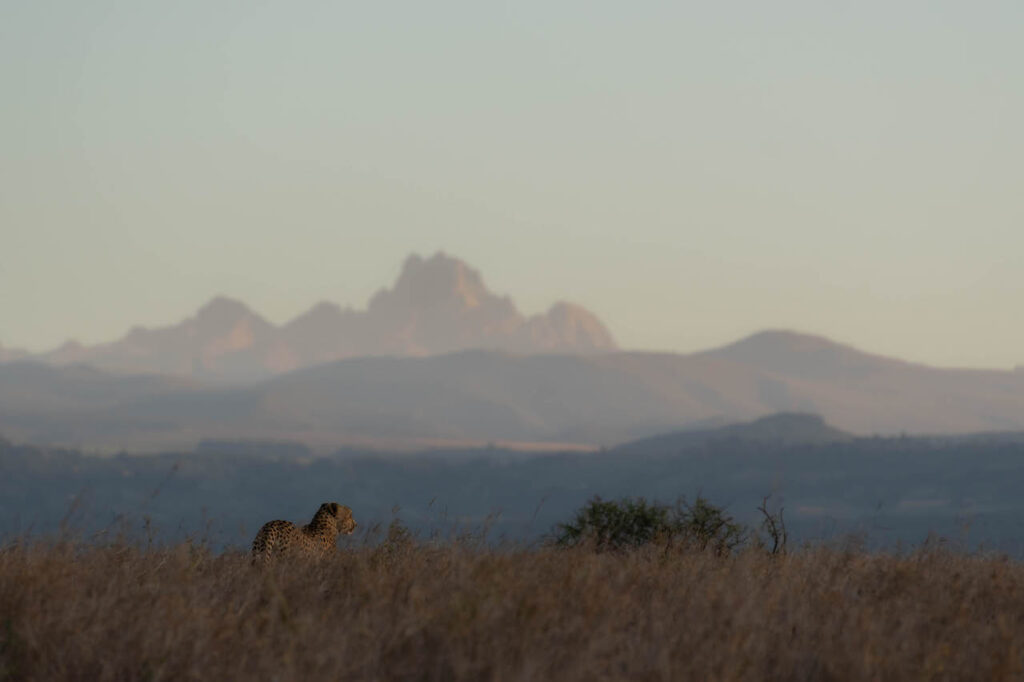
Or a scene you can turn into an artistic low key shot:
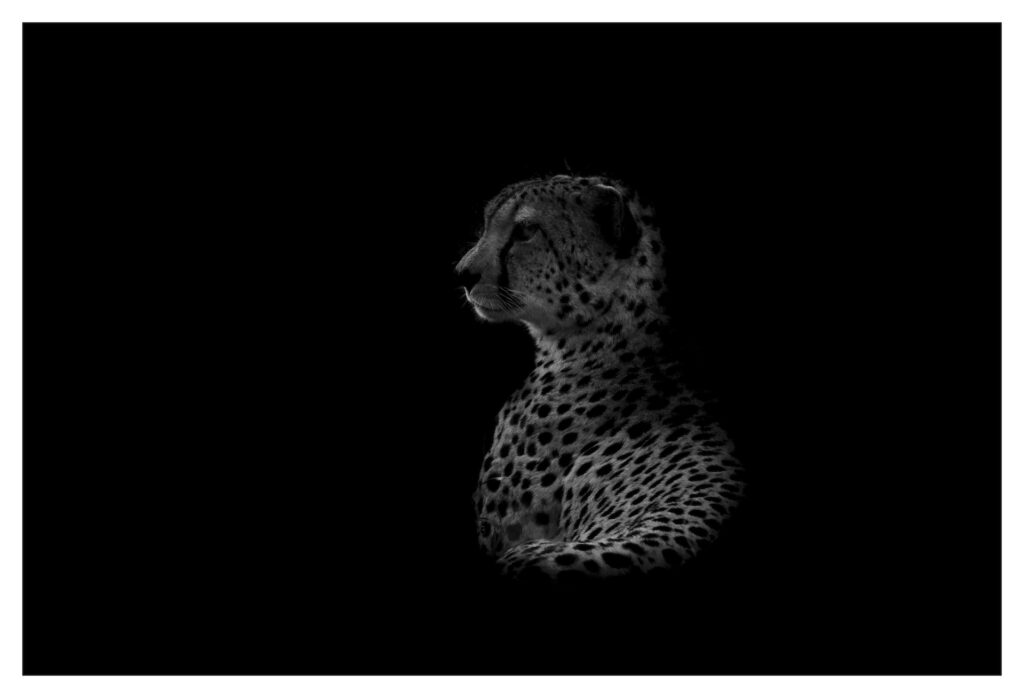
But the chances of seeing action when observing predators is quite low. I have lived in Africa for 7 years, been on countless safaris and in my lifetime I have seen one successful lion hunt, and one failed hunt, one successful cheetah hunt (a VERY long way away) and maybe 3/4 predators with kills that they had already made. While of course, these were amazing experiences, this is the exception rather than the rule. The likelihood of seeing some action is not really in your favour.
Let’s Talk About Elephants
If action and entertainment are what you are looking for when on safari then elephants are the animals for you. Yes, elephants do spend around 80% of their time grazing but during that time there is always a lot more going on. Elephants live in herds led by a dominant female called the matriarch. The matriarch is the oldest and wisest female of the group, she leads the herd to their feeding ground, to water and generally looks out for everyone’s safety.
Within the herd, there are usually one or two young calves. Depending on the age of the babies they are sometimes difficult to spot, very young calves (below one year) will still fit under their mother’s belly and spend all of their time close to her and usually shielded by the rest of the herd.
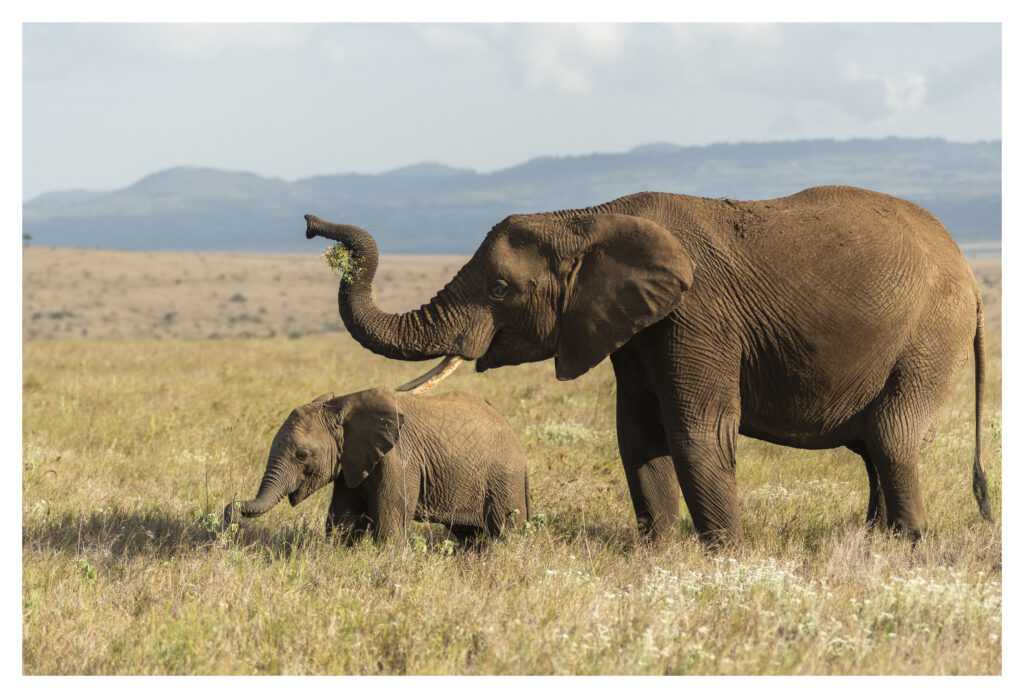
As they get a bit older they venture a bit further away and they are endlessly entertaining to watch, especially when they have not yet figured out how to use their trunk.


There will also be some adolescents who still at times play with the younger calves, or tussle with each other, especially younger males as they wrestle to test their strength. The adolescents are usually the ones to show you how big and strong are by flaring their ears and doing a mock charge at you to show you who’s boss.
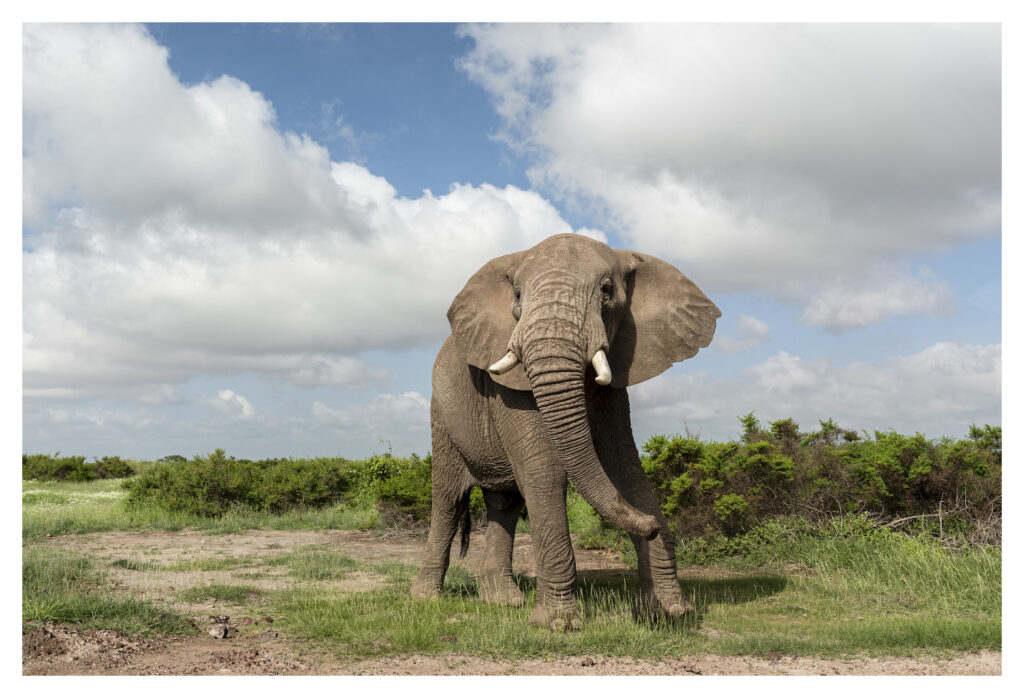
When these bulls (males) become a bit older (around 12 to 15 years of age) you will find them on the outskirts of the herd. Bull elephants are slowly pushed away to prevent inbreeding within the herd, but they are sometimes reluctant to leave the safety of the group. The outcast males eventually go off on their own and roam alone. They are kept in good behaviour by the dominant bull in the territory who gets breeding rights with the females. Eventually, the young bulls will challenge the dominant male to try and win breeding rights.

Elephants are such gentle giants, you will be amazing at how a whole herd of 2-7 ton mammals can move so silently and quickly through the bush, you can literally lose sight of a 10+ strong herd in a matter of minutes.
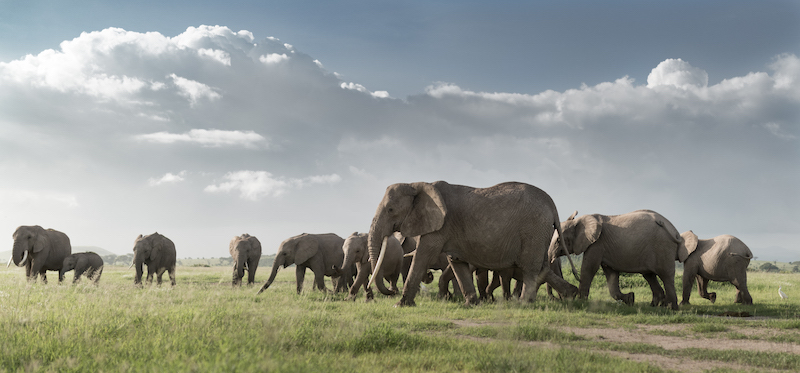
It is also fascinating to watch their feeding habits when the adults reach up to the branches balancing on their hind legs to bring down food for the smaller elephants,
They also use their feet to dig up the root of the grass and then hit the grass against the floor or their tusks to knock the soil off, this prevents unnecessary grinding down of their teeth as much as I’m sure it also doesn’t taste great. As I said there is always something interesting to see when watching elephants and the following image is one of my personal favourites as it is so unusual, this particular ele had a persistent itch and found the perfect tree to be able to scratch it:
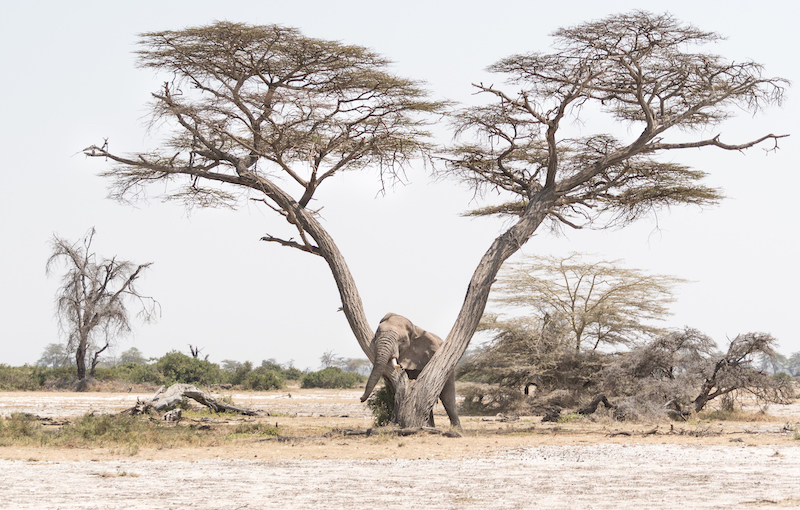
One of the best times to observe elephants is when they are by water. At the first sight of water they often get so excited they can’t help but trumpet and run towards it. When drinking they are able to suck up around 10 litres of water in one trunk full. At a waterhole, you can often see the social structure in action as the matriarch is the first to drink and decided when it is time to move off. Once they have finished drinking they then enter the water and splash around and wrestle or splash water over themselves to cool themselves down. An elephant is fortunate to not have and predators that are able to take them down (besides humans) so they are able to spend time enjoying life and securing social bonds. I can spend hours watching elephants and never get bored.
This video was taken in Randelin Wildlife Management Area, just outside Tarangire National Park, Tanzania where Tarangeri Tree Tops is located
This is a great way to observe elephants as it allows you to get close without being obtrusive or putting yourself or the elephants in danger. It also gives great opportunities for unique low angle photos.
Recently a herd of elephants camp to the camp to visit. The waterhole at camp had just been fixed and the elephants could obviously sense this and they were coming to get the first taste. The herd walked past the entrance to the lodge and followed the fence around until they got to the water. This gave me a fantastic opportunity to be on foot (safely behind an electric fence) while they walked past. I was lying on the ground to ensure the best angle to give the elephant the status it deserves. From a game viewer, the elephant is undeniably impressive but from the ground level, there is nothing more intimidating than a herd of elephants marching less than 50 yards away from you.
Once around the other side of camp, they made straight for the waterhole and spent around an hour drinking, feeding and cooling off, much to the guest delight at they had their afternoon tea. Here are some of the shots (available as fine art photographic prints) taken on the day:
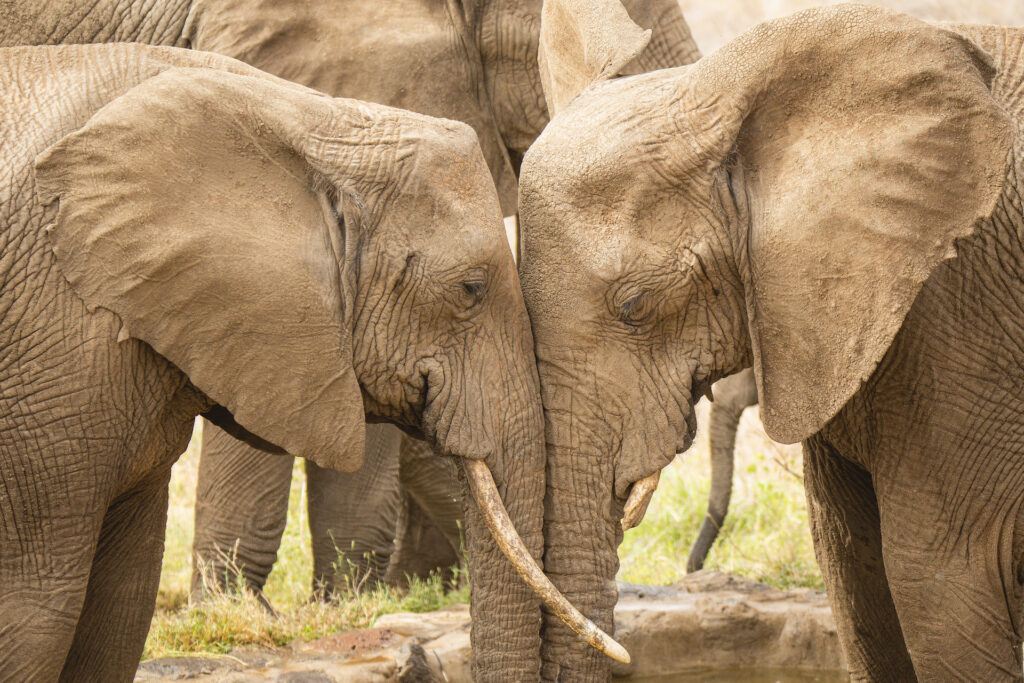
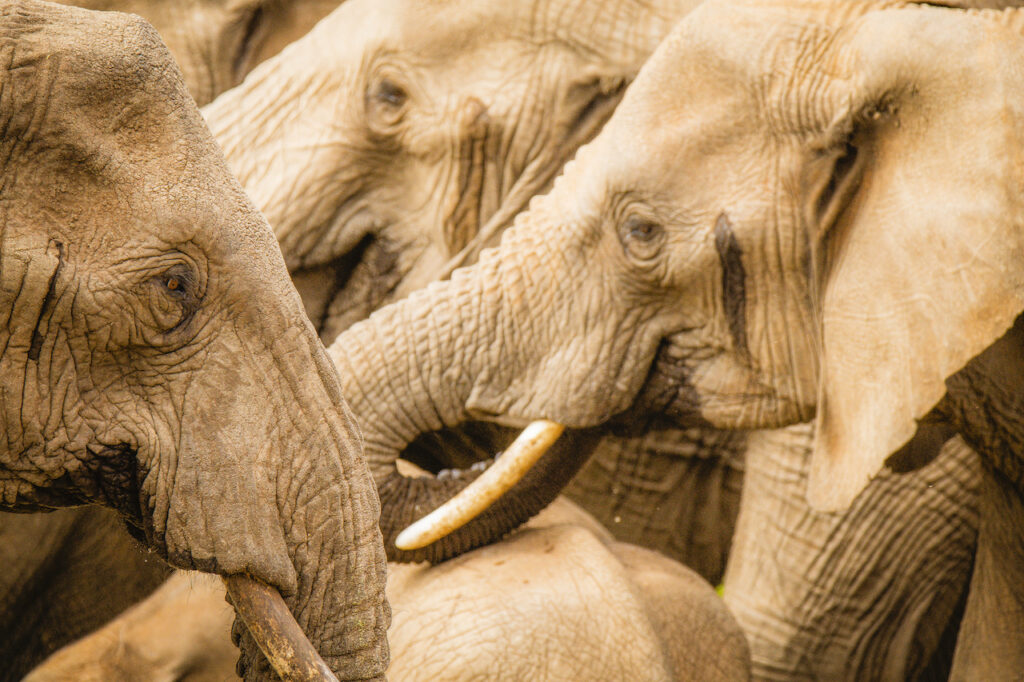
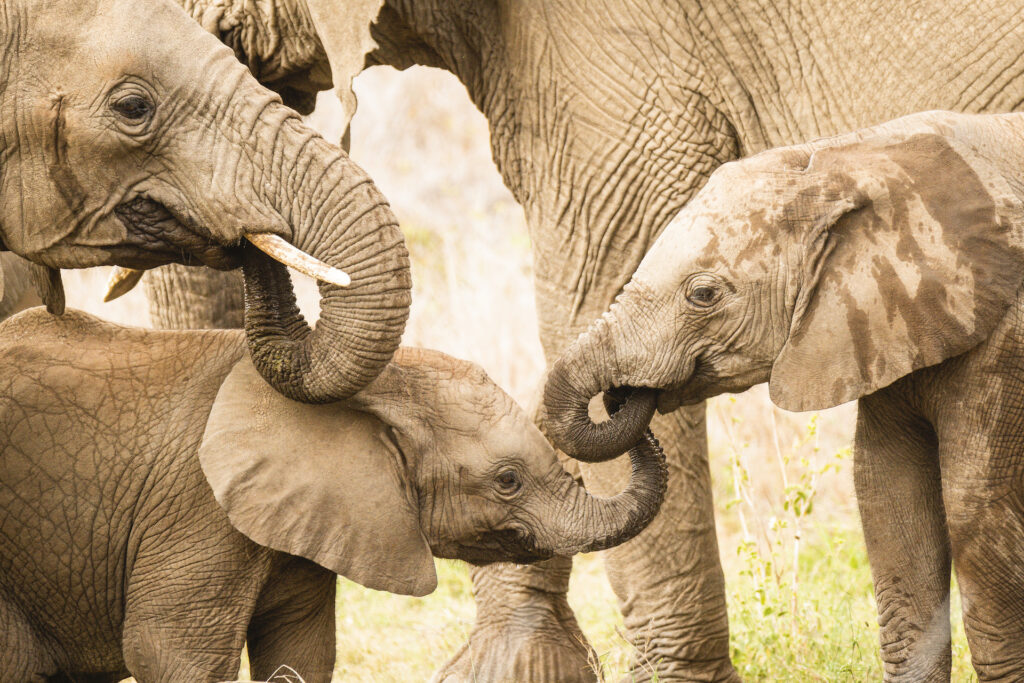
If elephants are your favourite animals are elephants and you are looking for the best places to see elephants then I recommend 2 places, in particular, one is Tarangire National Park in Tanzania, for that luxury trip you can stay at Tarangire Tree Tops and Chobe National Park in Botswana. I personally have been to both of these places (Tarangire on many occasions) and have never been disappointed.
With regards to reading more about the social structure of elephants or just learning a bit more about them from an expert then I recommend reading ‘The Elephant Whisperer’ by the late Lawerence Anthony it’s an amazingly touching story about his life with a herd of troublesome elephants on his conservancy in South Africa:

The sequential book ‘An Elephant in my Kitchen’ by Lawrences’ wife Françoise Malby-Anthony is the story of how she continues her late husband’s conservation work, expanding to caring for not only orphaned elephants but also orphan rhinos, and the consequential lessons she learnt about ‘love, courage and survival’ is also definitely worth a read.

Check out other images available for purchase as fine art, sustainable photographic prints delivered straight to your door:

